This post may contain affiliate links. If you make a purchase by clicking on these links, I may earn a small commission at no extra cost to you. Read the disclaimer for more information.
I started my trek from Tengboche, Nepal early on a chilly Himalayan morning. Visiting the monks at the monastery the day before had given me an even greater respect for this amazing place and its people. I had been awoken early by the ringing of the monk’s gongs, which made me want to get up and continue exploring this beautiful place. Though it was cold, the sky was clear and I was surrounded by breathtaking views of the gigantic peaks surrounding me. In front of me was the rugged 6800m peak called Ama Dablam, which would dominate the view on my trek to Dingboche.
The trail had been following the Dudh Kosi River for the past few days, but from this point it follows along the Imja Khola, the tributary fed from the mighty Khumbu Glacier. Climbing down the valley from Tengboche, I trekked through beautiful Rhododendron forest just below the tree line, before crossing the river and climbing up the other side. Along the way I passed a group of climbers who were turning off the trail to head for the Ama Dablam base camp, which they would attempt to summit within the next few days. Looking up at the peak I wondered how it would be possible to climb such a steep, rugged, ice capped mountain. I wished them luck and continued to the village of Pangboche, where I stopped for some lunch.

Following the Imja Khola to Dingboche, the trail to Ama Dablam base camp crosses the river to the right
Continuing my trek up the valley, I crossed the river once again before heading up the other side to the village of Dingboche, where I would spend the next two nights. At 4360m, Dingboche is a good place to take an acclimatization day before heading to Mount Everest or other mountains. After finding a nice tea house, I settled in for the night next to the central heater in the main common room, powered by yak poo. As I retired to my room for the night, I noticed the clouds moving in and thought I saw a few spots of snow falling from the sky.
When I awoke in the cold of the early morning to go to the toilet, I walked outside to find everything covered in snow. Lots of snow. Coming from the warm parts of Australia, I had only seen and touched snow twice before in my life, both when I was a kid. The sight was beautiful and a complete contrast to what I had seen the day before. Snow was falling quite heavily and the mountains were completely covered in clouds. Luckily I had set aside the day to stay in Dingboche to acclimatize to the altitude. Others weren’t so lucky, being snowed in when they were meant to continue their trek to Mount Everest.
I had planned to hike up above Dingboche for the day and coming back down to sleep, one of the best exercises for acclimatization. Due to the snow though it just wasn’t safe, so I stayed close to the yak poo heater with a book for the day. I went to bed that night hoping that I had spun enough prayer wheels to give me some good luck with the weather the next day, otherwise I may not make it to Everest.
I awoke in the morning to beautiful blue skies and I thanked Buddha, if that was what I was supposed to do. The village was still covered in snow, but with the perfect skies and the sun shining, I had never seen a more beautiful place. Towering above the village was the majestic Ama Dablam, an amazing view.
As I ascended from Dingboche, I got more amazing views of the snow covered landscape, the snow only accenting the already breathtaking scenery. I had already praised my ski poles in some of the steep sections of the trek so far, but they came in handy more than ever today. The snow from the day before had melted on parts of the track and refrozen over night, turning it into ice. The ski poles acted like extra legs, so if I slipped I always had something to lean on.
It seemed that the closer I got to Everest on this trek, the more stunning the scenery became. And all along I was in love with the beauty of the snow.
So far on the trek I had hardly noticed the effects of the altitude at all, something that I had credited to the slow controlled pace that I had set myself, along with my two acclimatization days. As I neared my destination for the day though, I had to ascend a large slope to the village of Lobuche. At about 4800m I began to feel the altitude on my ascent. There just wasn’t enough oxygen to get into my lungs and I could feel them burn as I pushed them to their limits. Stopping every 20m or so to catch my breathe, I took my time on the ascent to rest and allow my body the time that it needed. Putting one foot in front of the other I eventually made it to the top and continued on to the village of Lobuche.
At 4940m, Lobuche is the second last stop before Mount Everest base camp. Many people visit the base camp from here but I had planned to stay at Gorak Shep, closer to the base camp. I stayed at Lobuche for the night, where the temperature dropped under -15 degrees Celsius, the coldest I have ever been.
The next day, weather permitting, I would ascend Kala Pattar and come face to face with Mount Everest.
Everest Base Camp Adventure Series:
- My Scariest and Most Spectacular Flight
- Following the Dudh Kosi River to Namche Bazaar
- Trekking to a Buddhist Monastery in Tengboche
- Snowed in at Dingboche
- Going Face to Face With Mount Everest






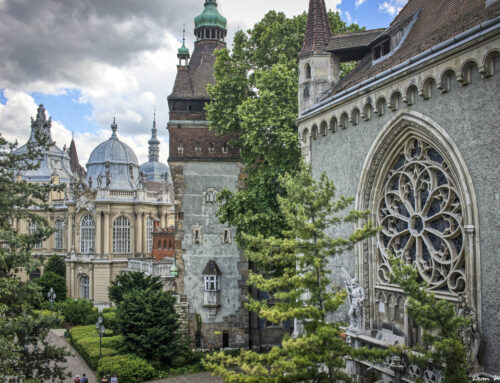
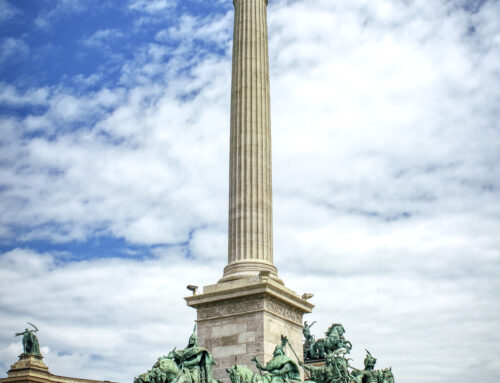
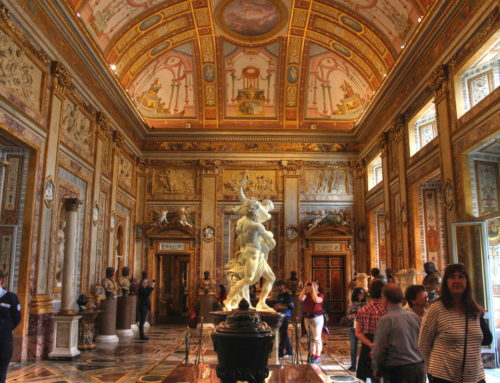
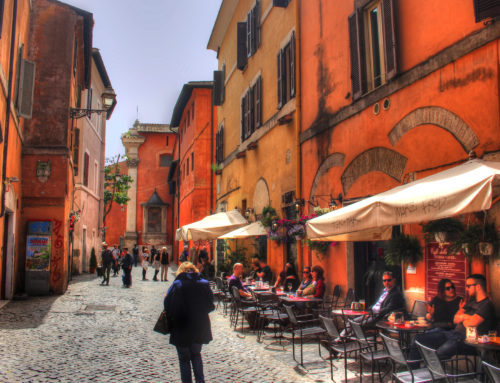
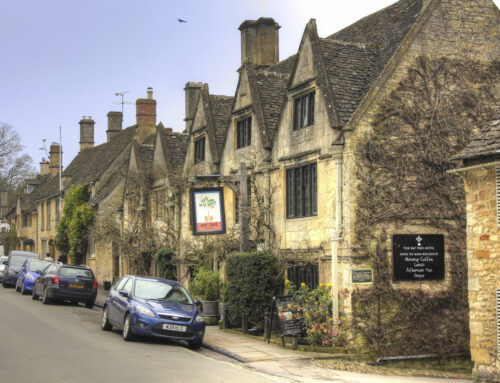
Looks amazing. Although I have no desire to climb Everest, I would love to make it to basecamp.
Hey Kris, I’m the same – I was happy to just go up close and personal with Mt Everest, I don’t need to stand on top of it. And at 5550m you feel on top of the world anyway.
This is incredible. I hope to make it to at least base camp someday. Can’t wait to see another post about your adventure!
Thanks Rachel, stay posted :). I highly recommend the experience if you can do it, it’s amazing!
[…] « Snowed in at Dingboche, Nepal […]
Trekking in Nepal is my highest priority for my next journey across Asia!
It will be one of the best experiences that you will have in one of the most beautiful places on earth. Hope you can get soon!
[…] Snowed in at Dingboche […]
[…] Snowed in at Dingboche […]
[…] Snowed in at Dingboche […]
[…] the temperature had apparently dropped down to under -15 degrees Celcius. Although I had been snowed in two days before in Dingboche, the weather was now perfect. Clear blue skies let the morning sun shine down on the ice capped […]